PIET MONDRIAN (1872-1944)
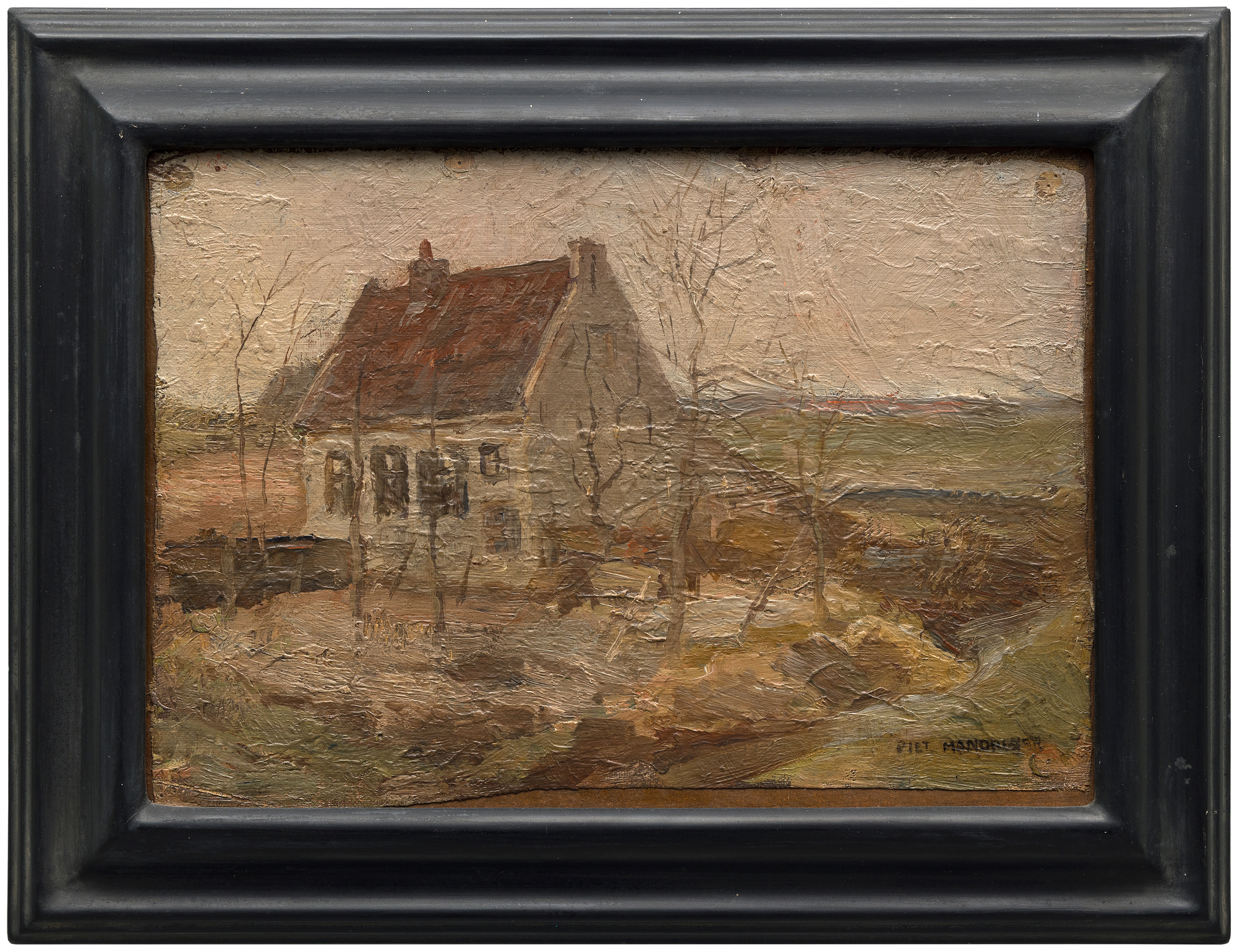
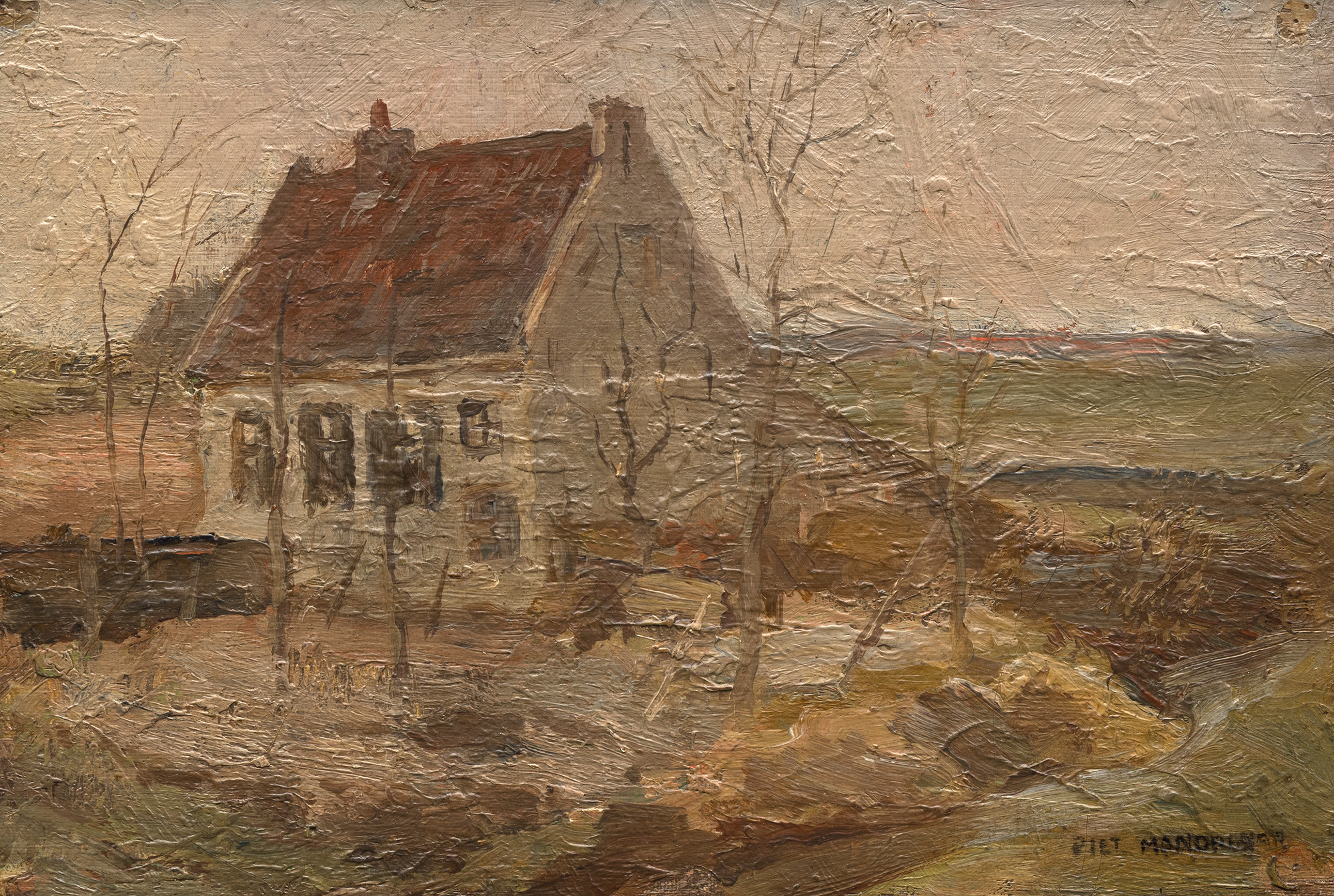
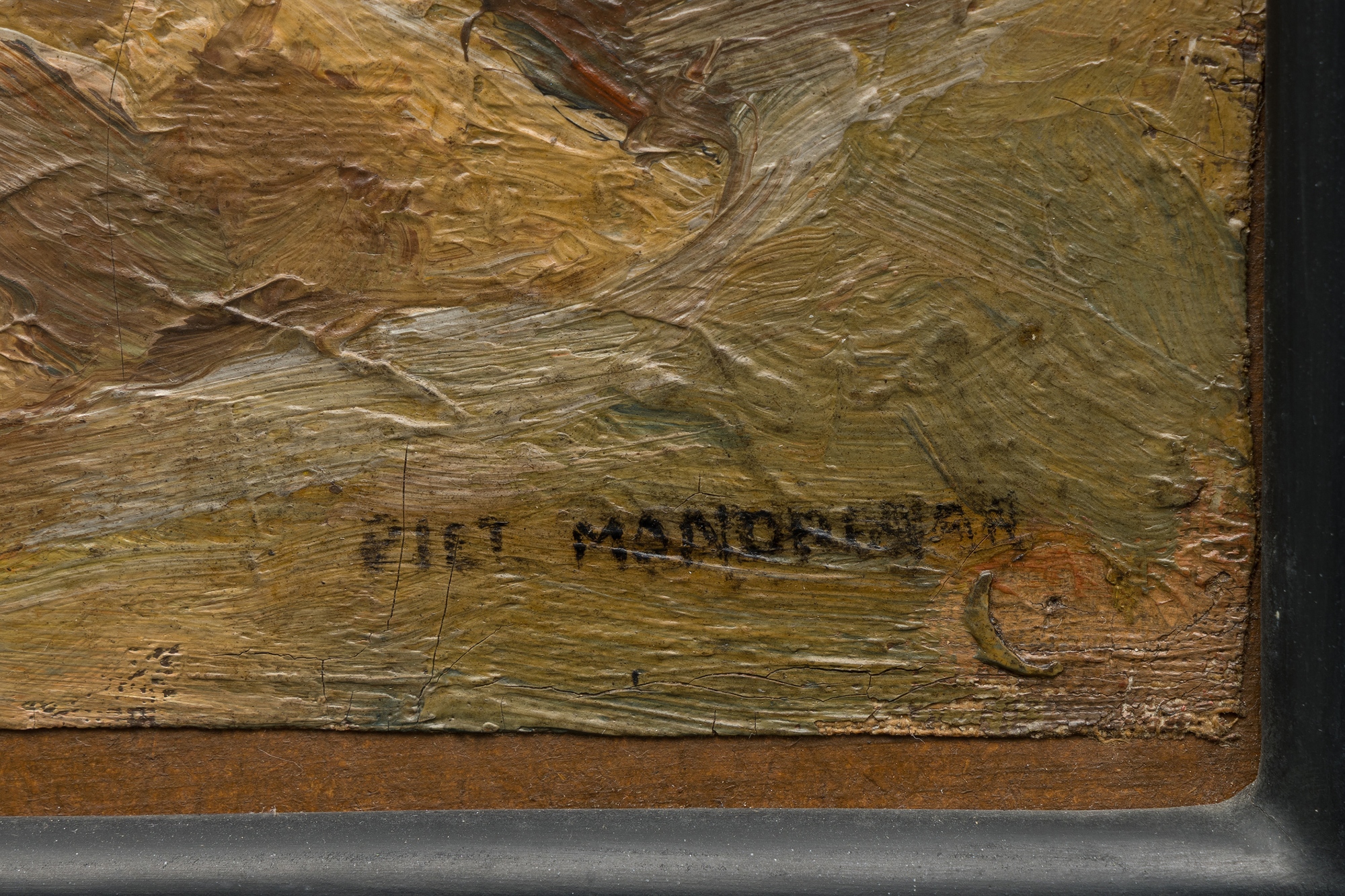

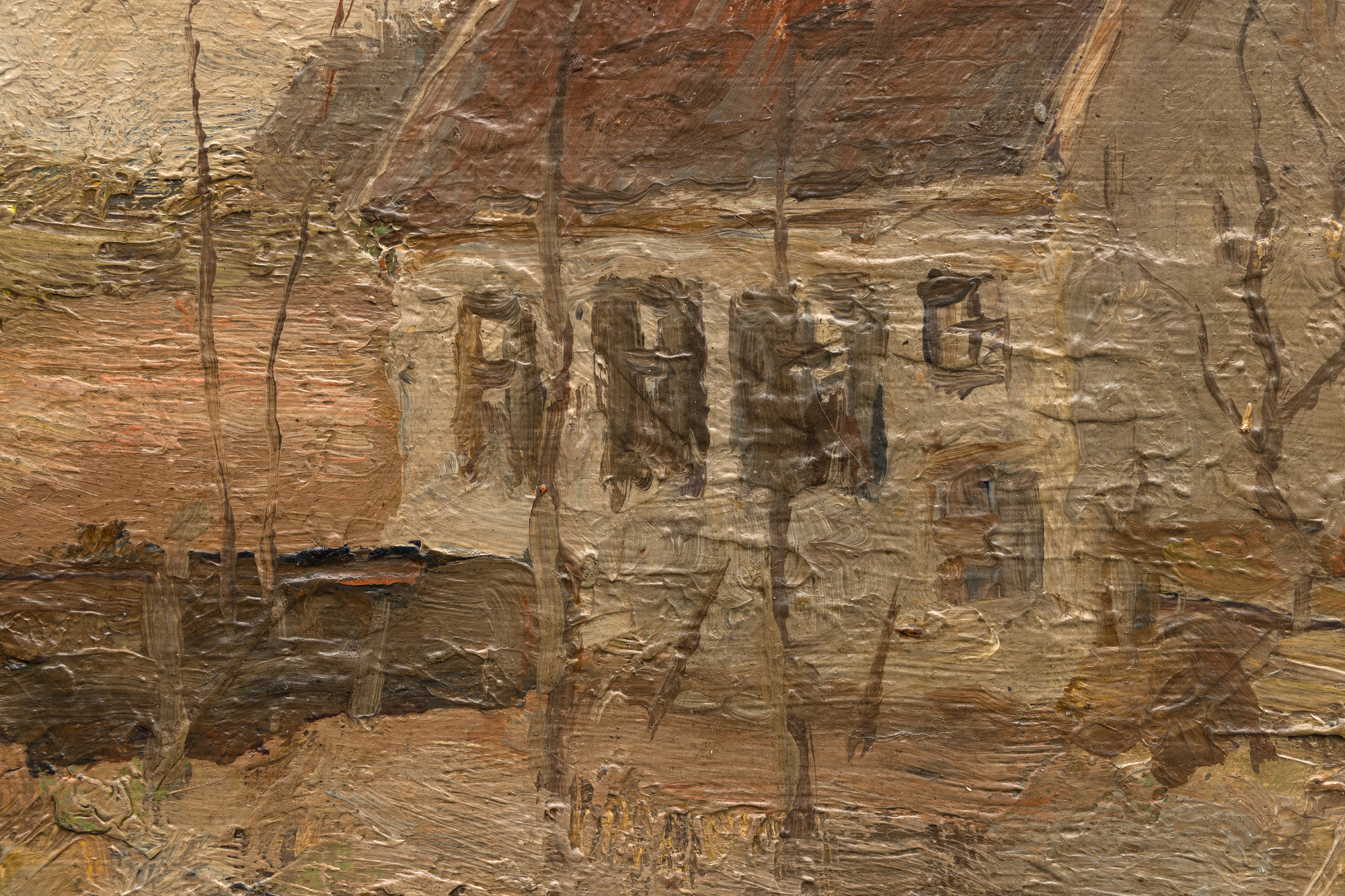
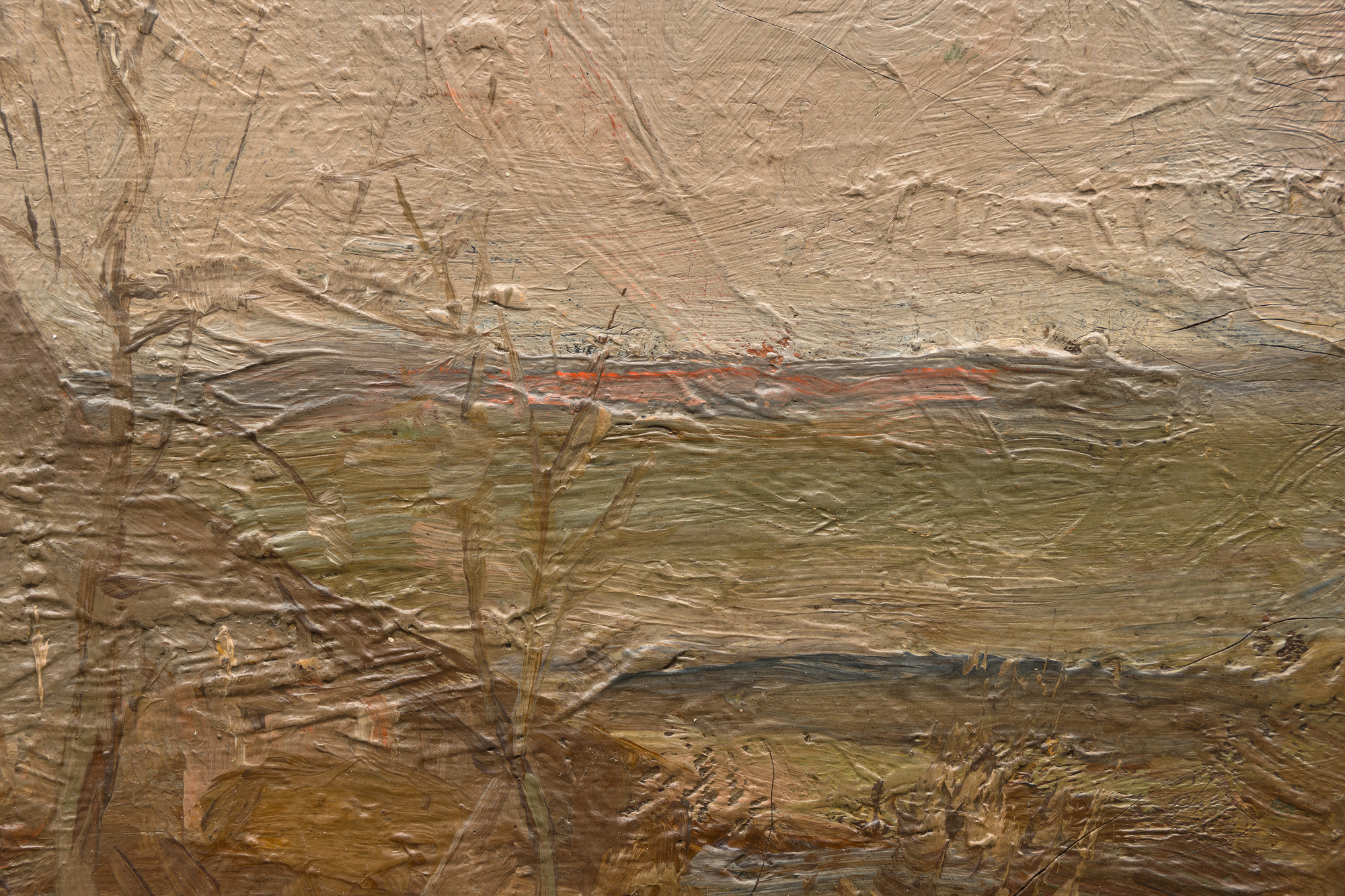



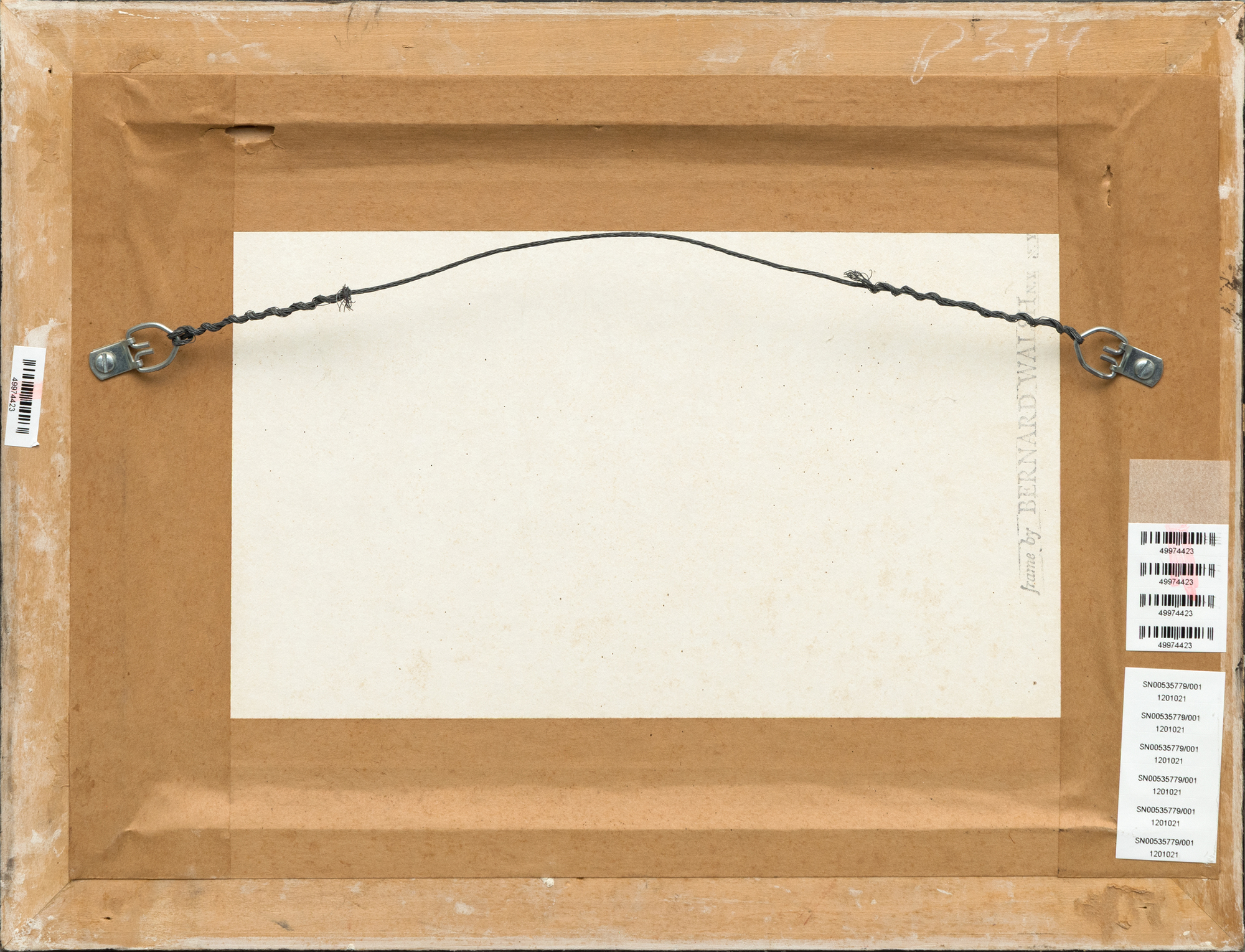
Provenance
Dutch Estate, 1982Katharine and Nicholas Fox Weber Collection
Exhibition
London, David Zwirner, Piet Mondrian: Painting 1900-1905, November 26, 2015-January 23, 2016Literature
Robert Welsh, Piet Mondrian: Catalogue Raisonné of the Naturalistic Works, New York, 2018, no. A161Karsten Schubert, Early Mondrian: Painting 1900-1905, London, 2022
120,000
The works from this period, prior to Mondrian’s shift toward coastal scenes, boats, and floral subjects, highlight his penchant for landscape, a theme that subtly persisted in his later abstractions, particularly those inspired by the grid-like layout of New York City, such as "Broadway Boogie Woogie" (1942-43) and “New York City I” (1942). With early landscapes offering a more accessible price point yet holding immense academic importance, they attract museums and savvy, thoughtful collectors. Comparable works reside in The Metropolitan Museum of Art, The Cleveland Museum of Art, and The Art Institute of Chicago. This piece stands as a rare testament to Mondrian’s evolving genius and the foundational role of landscape in his oeuvre. The painting’s most recent owner is Nicholas Fox Weber, the distinguished art historian, scholar, and president of the Josef Albers Foundation.


